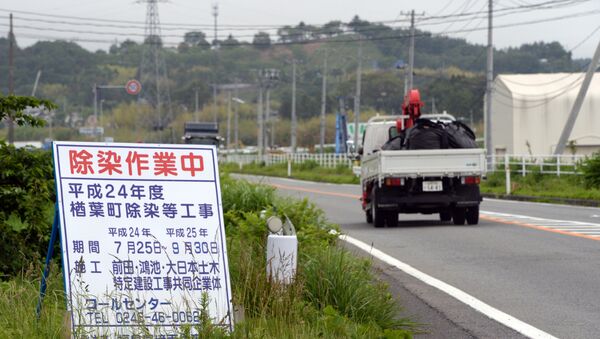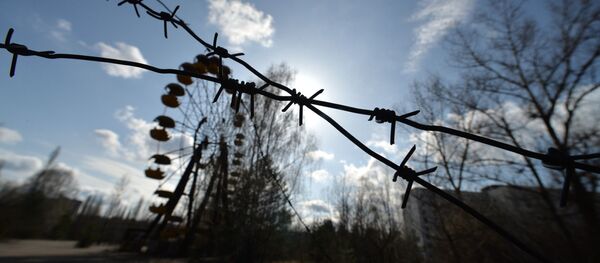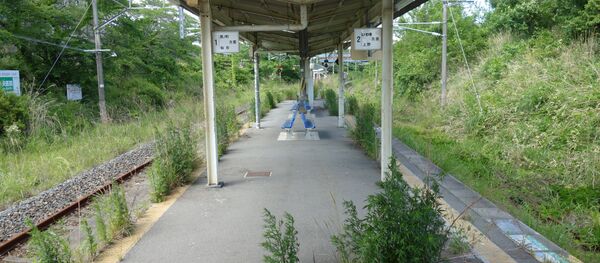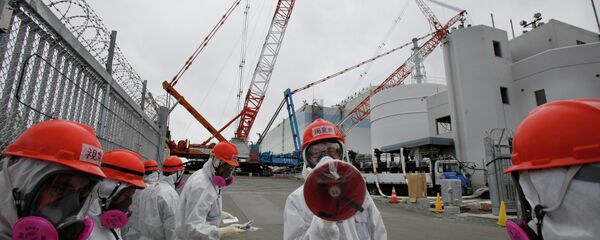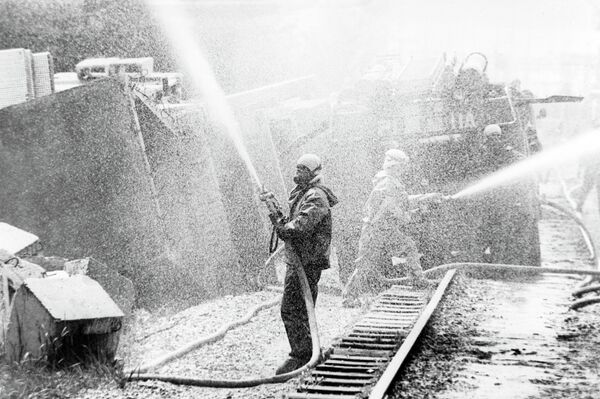The aim of this agency was to draw additional public attention to the tragedy and its aftermath, and to raise funds. Money that was raised by the agency was sent as aid to the affected areas. However, due to questions regarding the honesty of officials who were involved, the government organ was shut down.
That’s when the private tour operators took over. In Kiev, Ukraine, tours of the notorious Chernobyl Exclusion Zone located 100 km north of the city are among its most popular excursions. One company offering such tours is Go2Chernobyl. Earlier, in an interview with Sputnik, representatives from the firm announced that last year alone they had nearly 20,000 customers and that sometimes they receive up to 3-4 thousand customers per week.
One guide who takes tourist to the exclusion zone is Victor. He told Sputnik that the firm's founders were looking for a new direction for the development of tourism in Ukraine. Furthermore, Victor does not see his clients as being unusual, meaning that the people who visit the zone are usually quite ordinary.
“Ordinary people come. The majority of them have heard so much about Chernobyl. Often it is the foreigners who come for business trips and when they have free time, they go to Chernobyl, because they all know about how great the tragedy was and how many people were affected,” Victor said.
The Chernobyl nuclear disaster happened in April 1986, driving thousands to flee the exclusion zone within hours, not giving them enough time to collect their belongings or evens save their pets; communities like the model Soviet planned city of Pripyat were completely abandoned.
However, according to the tour guide, the tour is still quite unusual. “After seeing it, the person completely changes in his consciousness. Many then advise their friends to go to Chernobyl. Since it is actually really cool, so to speak,” the tour guide said.
Philosopher Hiroki Azuma, who is an initiator of the Fukuichi Kanko Project to make Fukushima-1 an official tourist destination, said “Man is a being of curiosity. Once time passes, decontamination proceeds and memories of the tragedy start to fade. The site of the Fukushima Daiichi Nuclear Power Plant disaster will too one day invariably become the subject of man’s curiosity.”
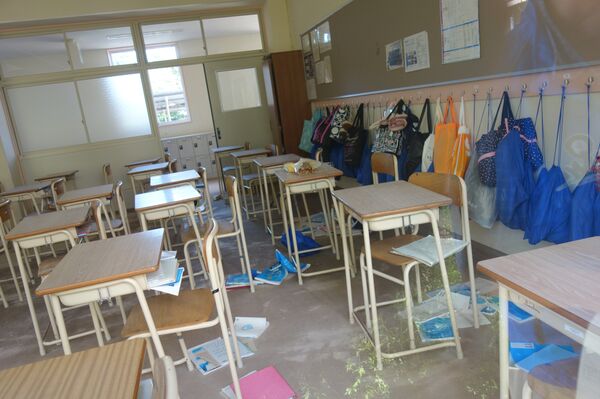
Azuma further said that people must not allow themselves to forget about the scale of this disaster, or about the foolishness of the post-war Japanese society that brought it on.
“We must teach future generations of this error and build a new Japan upon such an understanding.”
He further said, “At some point in the future, ‘tourists’ will come to the disaster site. Our desire to not forget is what makes us think that we ought to consider the kinds of facilities we should build, and how to convey the tragedy of Fukushima to these visitors.”
Yuta Hirai, a guide who offers tours of Fukushima, told Sputnik that that the most important thing is to protect the memory of the tragedy.
“I do not like that currently Japanese society seems to be utterly indifferent to the Fukushima tragedy. Everyone is happily preparing for the Olympics, looking as if the accident at the plant did not happen or as if everything has already been restored.”
Hirai added that he wanted people to come and see everything with their own eyes, so that they think about it.
“There are many challenges: the government position, TEPCO's position, the position of the media. However, the biggest problem is that indifference and insensitivity reigns in our hearts,” Hirai said.
According to him, mankind should learn a lesson from what happened so that such a disaster is never repeated again.
Hirai said that the accident at the nuclear power plant was a personal tragedy that changed his life. He not only conducts tours but also writes articles on Fukushima and takes part in the Fukushima’s agricultural revival project.
The main radionuclides that cause pollution in areas affected by the devastated nuclear power plant are cesium 137 and strontium 90. Their disintegration takes up to 30 years.
According to scientists, the complete cleaning of the site will take place within several hundred years. However, at times, traces of plutonium are found, and they take up to 20,000 years to break down.
Hence, Chernobyl is not clean and of course, Fukushima is very far from being clean.
It is clear that in areas of exclusion everything is contaminated: land, water and air. Therefore, it is forbidden to walk in open clothes, sit on the ground or put personal belongings on the ground. It is also forbidden to touch the buildings and plants, to eat local berries or drink local water. Even eating and drinking outside is prohibited in the exclusion zones.
The non-profit organization Greenpeace Russia spoke to Sputnik, saying that they are strongly opposed to visiting such areas for entertainment and believe it is extremely thoughtless and irresponsible to let tourists do so.
“You do, in any event, receive a low dose of radiation. How it will affect you is impossible to predict. Much depends on the sex, age and health of the visitor. If thousands of tourists are going, at least some of them will become seriously ill and die prematurely,” Greenpeace Russia head Rashid Alimov told Sputnik.
However, there is another important aspect of this tourism: the ethical side. Advocates of such tourism say that it plays an important psychological function because it helps society recover from a disaster and come to terms with such incomprehensible events, which can leave entire cities abandoned.

From a utilitarian point of view, it simplifies the interaction between society and the officials by helping the authorities obtain funds that can be spent on the restoration of the area and providing help to the disaster victims.
But there is a lot of criticism surrounding this as well. The agencies are criticized for the fact that they make money from other people's tragedies. The behavior of the visitors is also an issue: taking selfies with tombstones in the background is a very bad idea and catching Pokemons in Fukushima is not only morbidly disrespectful, but also extremely dangerous.
However, the popularity of such tours continues to grow. In Chernobyl, unlicensed trespassers in the exclusion zone call themselves “stalkers”, taking the word from Soviet-era science fiction. Press interviews with many of the Chernobyl stalkers have revealed that these people often repeat the same reasons for engaging in their dangerous hobby: “The zone does not let go,” “time just stops there.” However, no one can actually explain why the zone doesn’t let them go, and what it actually means.
One interviewee said, “I do not hide where I am going. But no one says anything to me; they just put a finger to their temple. They probably think I'm just crazy.”

